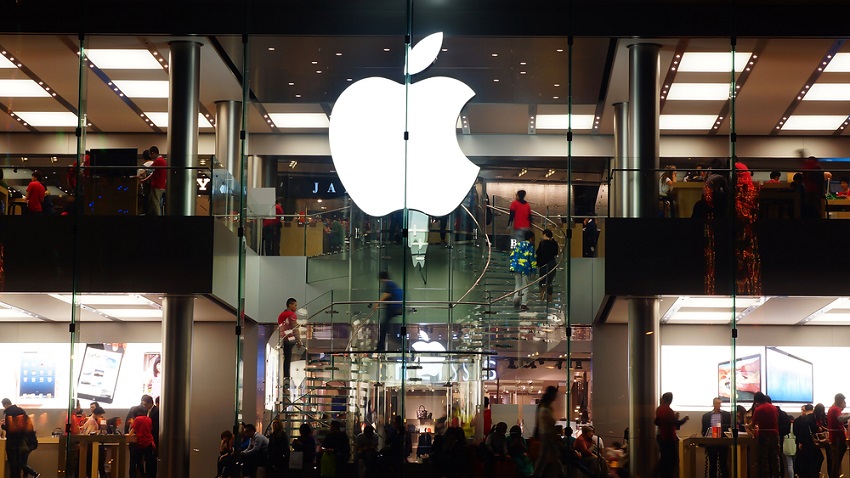Alongside the release of revamped iPhone models, Apple every year also releases a new iteration of iOS, complete with a wide array of new features and system improvements. While not every iOS update is as transformative as, say, iOS 7, Apple over the years has done a solid job of adding enough compelling features to new versions of iOS to convince most users that upgrading is worth it.
With iOS 12, however, Apple will reportedly be taking a different approach. Rather than trying to cram in as many new feature as possible, Apple will reportedly scale back the scope of its annual development cycle as a means to let engineers more properly focus on system performance, bug detection, and more importantly, ensuring that new and ambitious features are properly baked before being released to millions of iOS users.
As the story goes, Apple’s about-face is the direct result of a number of high-profile bugs that have impacted both iOS and macOS over the past few weeks. Just a few months ago, for example, there was a pesky auto-correct bug in iOS 11 that auto-corrected the letter “I” and changed it to the letter “A” followed by a question mark. More recently, and far more jarring, was the discovery of a dangerous bug in macOS High Sierra which essentially allowed anyone with physical access to a Mac to gain root access to the machine.
In short, the narrative that Apple is slowing down iOS development because of a higher incidence of bugs basically writes itself.
Not everyone, though, views the situation from this exact perspective.
In an insightful series of posts on Twitter, former Microsoft executive Steven Sinofsky argues that Apple’s decision to slow down the pace of iOS development has more to do with Apple adjusting to the massive popularity of the iPhone and iPad, as opposed to a new directive to better detect bugs.
What is lost in all of this recent discussion is the nuance between features, schedule, and quality. It is like having a discussion with a financial advisor over income, risk, and growth. You don’t just show up and say you want all three and get a “sure”.
…
What happens to a growing project over time is that processes and approaches need to re-thought. It just means that how things once scaled—tools like deciding features, priorities, est. schedules, integration test, etc—are no longer scaling as well. That happens. ¯\_(ツ)_/¯
Sinofsky further argues that the perception that Apple products are currently more buggy than they’ve ever been before is a far stretch from reality. If anything, Sinofsky posits that Apple’s software and hardware quality remain incredibly high but only seem worse because Apple’s growing and gargantuan user base results in a greater total number of users experiencing software issues, even though the overall rate may be lower than ever before.
In any absolute sense the quality of Mac/iOS + h/w are at quality levels our industry has just not seen before. Think of the scale of iPhone X release. From zero to 30M in months. That’s just insane. And it works better/more reliable than just about anything else I can buy.
How does that explain general “buggy” feeling w/ so many super smart/skilled people saying products are suffering? It’s because of the depth and scale of usage that comes w/success. A responsibility.
Look, there are bugs. You (and Apple) can make a list of them. But mostly this is about change. I know people say that isn’t the case but it is. On any absolute scale number of bugs—non-working, data losing, hanging mistakes—in iOS/Mac is far far less today than ever before.
I can’t prove this but I’ve also worked on some really big projects where people said the same thing and we had tons of data. Apple has the same data. What is different is that at scale a bug that happens to 0.01% of people is a lot of people. A stadium full or more.
Sinofksy’s full tweetstorm on the matter is well worth a read and can be viewed in its entirety over here.








